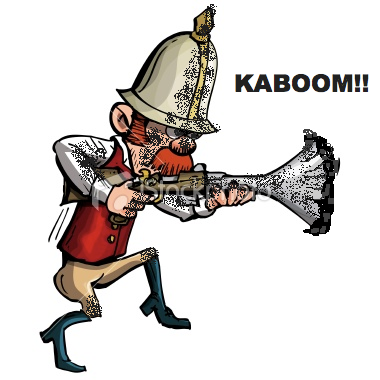Eating Bacon
Back in the 1970’s when I was teaching expository writing to high schoolers, I began with the derivation of the word “essay,” which is the French verb essayer, to try or to attempt. Even the word “expository” says something about this type of writing, i.e. to make visible or reveal something. I also like the term “exploratory” in conjunction with writing because all of these terms are less intimidating than the word “rhetoric” which is half of the “composition and rhetoric” degree for graduate-level writing specialists.
Somewhere along the way from writing out the alphabet in crayon to writing the required senior research paper, most students lose the notion of “writing as discovery,” as an attempt to take an idea, pull it apart, examine it, play with it, and try to put it back together, not for fame or a grade but purely for the love of ideas and language. In “Age of the Essay,” (2004), Paul Graham puts much of the blame on the shift of the teaching of writing to English professors and the subject of writing to literature. Indeed, the traditional high school curriculum included the study of—and writing about—Huckleberry Finn, A Separate Peace, MacBeth, and Hamlet and most of the academic writing took place in English classes.
The notion of the modern essay, as opposed to the classical rhetoric of the Greeks and Romans, began with such thinkers as Michel de Montaigne (Essaies, 1575) and Sir Francis Bacon (Essays, 1597). Montaigne’s choice of topics epitomizes the notion of writing as attempts to explore a range of issues: “Of Cannibals,” “Of Thumbs,”That to Study Philosophy is to Learn to Die.” Bacon too examines an incredible range of topics: “Of Followers and Friends,” “Of Fame,” “Of Marriage and Single Life,” and of course “Of Studies.” Notice I said “thinkers” rather than “writers” because Bacon especially was a philosopher and scientist who used writing to explore those disciplines.
So, the little 1927 writing textbook by William Tanner taps into a long tradition of explorations through writing of the trivial and the tragic, the mundane and the monumental. Although the models Tanner uses are from issues of The Atlantic Monthly, I imagine most of those anonymous submissions came from people who had studied Francis Bacon. They would have read his essays in their entirety, perhaps lingering over coffee with something like this:
Abeunt studia in mores. Nay, there is no stone or impediment in the wit, but may be wrought out by fit studies; like as diseases of the body, may have appropriate exercises. Bowling is good for the stone and reins; shooting for the lungs and breast; gentle walking for the stomach; riding for the head; and the like ( from “Of Studies”).
That’s a lot for 21st century readers of tweets, blogs and e-mails to swallow. We prefer our Bacon in smaller, quotable bites:
“Some books are to be tasted, others to be swallowed, and some few to be chewed and digested” (from “Of Studies”).
Tired of intellectual mini-bites? Grab the Tums and enjoy some Bacon.

Sources:
Paul Graham, “The Age of the Essay"
Sir Francis Bacon: “Of Studies”
Montaigne: Essaies
Megan:
I’ve been taking antibiotics for the strep throat I got for my birthday and am experiencing some side effects, mostly related to digestion issues. It’s minimal really, and definitely not the worst that could happen according to the online list of possibilities. I mean, my skin isn’t peeling off and I don’t have any mouth sores, so I’m probably fine.
The main problem I have with this medication is that it smells really bad. “Why would you smell the pills?” asked my mother (a reasonable question, I suppose). I’ll tell you why: Although I quit smoking a few months ago, with a minor blip while on vacation, my sense of smell only came back last week. I don’t remember ever being able to smell this well (and yes, I checked to see if it was a side effect – but no). I got roses for my birthday and I can smell them from across the house. Milo, for reasons I haven’t figured out yet, has been secretly peeing on one of my blankets. The smell woke me up in the middle of the night.
And these pills smell bad. So bad, in fact, that I’ve been feeling like they were making me smell bad. I checked online if this was common, and also because the name on the pills didn’t match the name on the bottle and I thought maybe the pharmacist might have screwed up … I’ve been taking these pills for a week, but I only checked just now. I’ve been secretly worried all week that I’ve been taking the wrong medication, and that no one should have to take such bad-smelling medication, but apparently it’s completely normal. So that’s a relief. And also I can tell from the Google results I’m not the only person who smelled their pills.


































